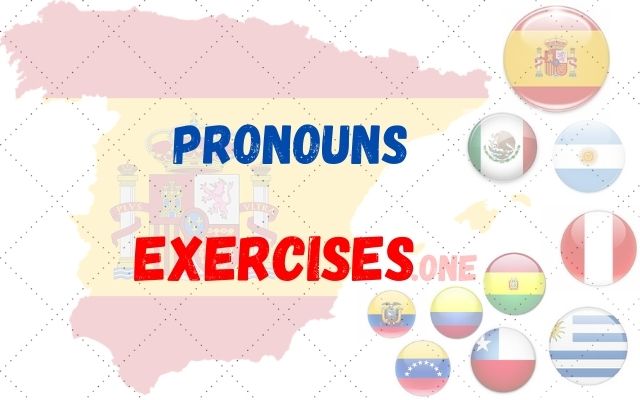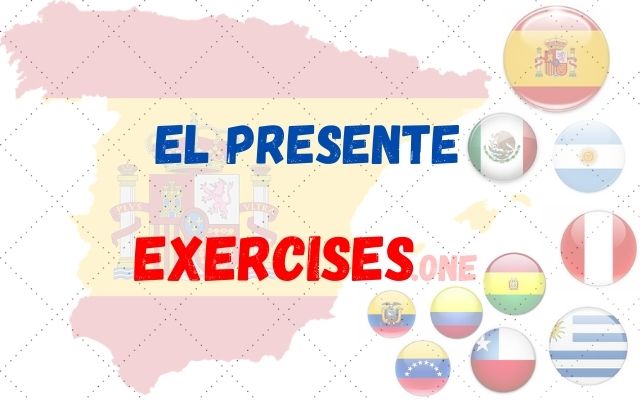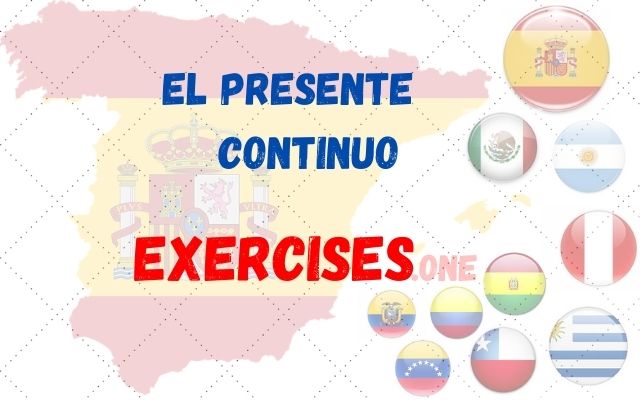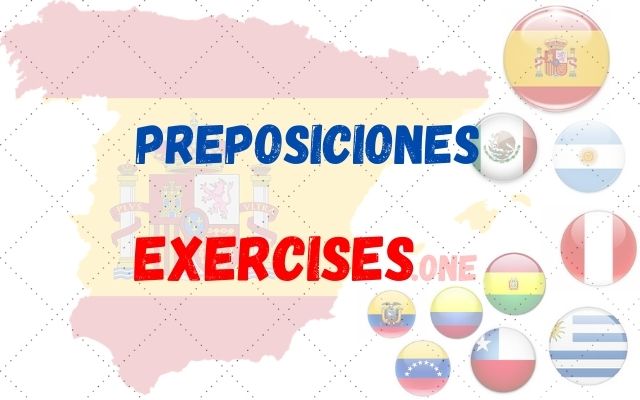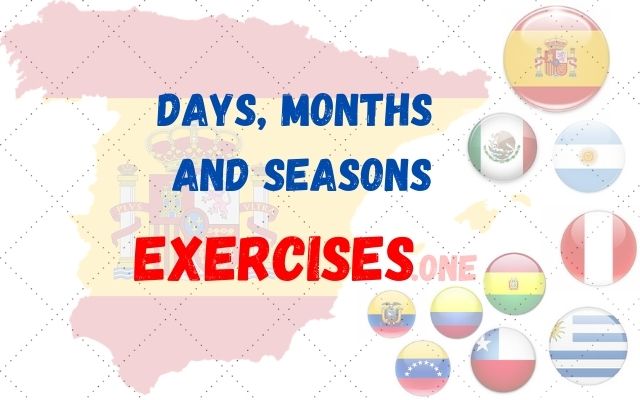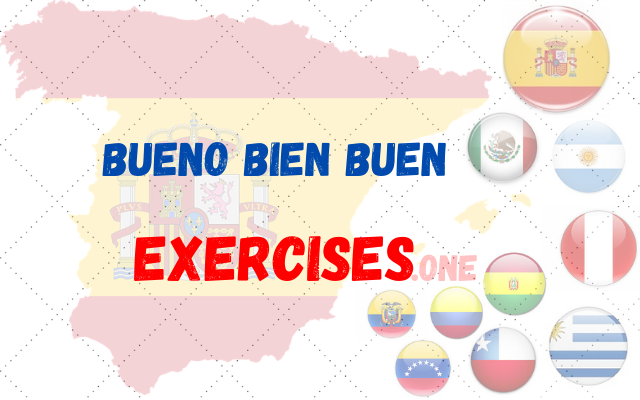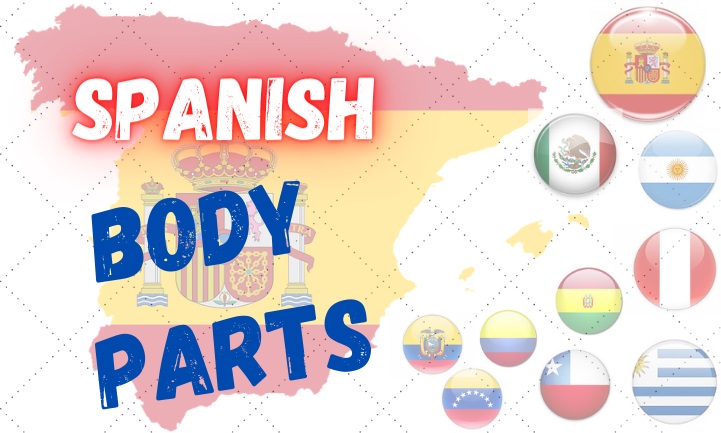
Hello student, today we will explore some important aspects of the Spanish language as it relates to the human body.
This exercise is designed to help you better understand the structure of sentences, learn new vocabulary, and grasp the concept of antonyms.
We will begin by arranging words to form meaningful sentences, then we will swap words in sentences with their correct antonyms, and finally, practice vocabulary related to body parts. We will end by translating some sentences from English to Spanish. Let’s get started!
Practiquemos! Knowing the parts of your body it’s important for day to day conversations, but be aware that in Spanish a thing might have different ways to be call, for example: Belly = panza-barriga

1) Put in the Correct Order – Body Parts
a) grandes / mis / son / manos / muy
Mis manos son muy grandes.
2) Write the Sentence Again with the Correct Antonym
a) Mis uñas están largas.
Mis uñas están cortas.
3) Practice your Vocabulary of Body Parts
a) Head – Arm – Leg
Cabeza – Brazo – Pierna
4) Pass from English to Spanish taking the Body Parts into Consideration
a) Milk is good for your bones.
La leche es Buena para tus huesos.
Well done! You’ve successfully navigated through these Spanish activites about body parts. Remember, practice makes perfect.
By continuously learning, arranging sentences, finding antonyms, expanding your vocabulary, and translating between languages, you are enhancing your understanding of the Spanish language.
With every step you take, you’re becoming more confident and proficient in your ability to express yourself. Keep up the good work, and remember, language learning is a journey. Enjoy it, embrace the challenges, and celebrate your victories along the way.




